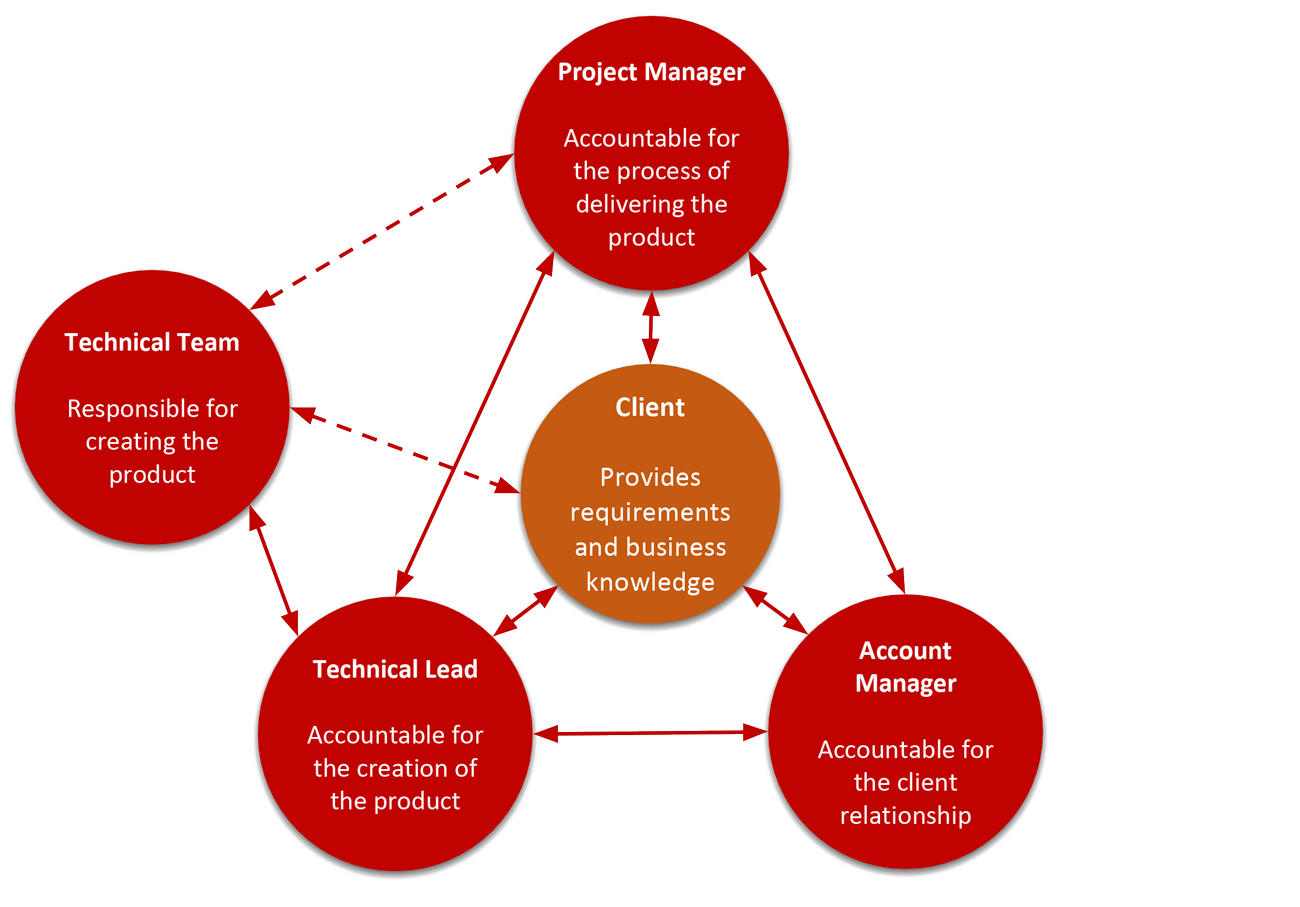Recent Projects
We have been helping clients in Brisbane (and beyond) with implementing IT projects for over 20 years.
Managed IT Services
If you need managed services for your existing information technology, we can help with that too.
Facts
The PMBOK
There are many methodologies for delivering projects. Velvet Systems’ approach is based on the Project Management Body Of Knowledge (the “PMBOK”) because it works.
There are 10 PMBOK knowledge areas:
- Integration management.
- Scope management.
- Time management.
- Cost management.
- Quality management.
- Human resource management.
- Communications management.
- Risk management.
- Procurement management.
- Stakeholder management.
There are 5 process groups:
- Initiating.
- Planning.
- Executing.
- Monitoring and controlling.
- Closing.
The PMBOK lends itself to infrastructure projects where a waterfall approach works well. Additionally we use variations of scrums and Kanban to produce short-term outcomes where appropriate, for example when doing SharePoint workflow development.
Accountabilities
A key part of our methodology is ensuring clarity of accountabilities. Velvet Systems uses the “RACI” approach.
The Responsible role – “The Doer”:
The Responsible person executes the work “hands-on”. Multiple people can have a Responsible role for a given activity/decision. If a person agrees to be Responsible for doing something, they must do that thing unless they negotiate a change – clear communication must happen.
The Accountable role – “The Buck Stops Here”
The Accountable person is the single individual who is ultimately answerable for the activity/decision. In the context of the activity/decision the Accountable person has management authority over the Responsible people. Accountability can not be shared – only one “A” can be assigned to an action/decision.
The Accountable person can also have a Responsible role for some of the work (think of a movie director who is also acting in the movie). The Accountable person must ensure the thing is fully completed – they will need to remove any roadblocks, resolve any issues, manage the Responsible people (change them out if needed), and do “whatever it takes” to get the thing done.
The Consult role – “Provide help to those who are Responsible or Accountable”
People to be Consulted prior to a final decision or action have the Consult role. This is a predetermined need for two-way communication – input from the Consulted person is needed to enable the activity/decision to be completed. The people to be Consulted are identified by the Accountable and/or Responsible people.
A Consulted person is often a receiver of the outcome of the activity/decision – someone with an interest in the outcome. Alternatively, a Consulted person might be a subject matter expert who can help moving the activity/decision forward.
The Inform Role – “Keep in the Picture”
These are people to be informed after a decision or action is taken. Usually an Informed person receives some or all of the results of the action, or they are made aware of a decision or information that affects the Informed person’s area of Accountability. Informing is a one-way communication. The people to be Informed are identified by the Accountable and/or Responsible people.
Managing a project is like conducting an orchestra
To deliver a project successfully requires a blend of the right skills and experience, plus well managed communication.

The client
- Has a business need that will be satisfied by the successful completion of the project.
- Plays an active role – providing business requirements, approving project plans, requesting changes, raising issues and risks, releasing payments, testing the product to ensure it confirms to the requirements, and accepting (or declining) the final deliverables of the project.
The project manager
- Is accountable for the project management processes (as described in the PMBOK) and has overall accountability for project delivery.
The account manager
- Ensures that the client’s needs are being met – that the project is on-time and on-budget, the project manager is communicating with the client appropriately, and that the technical team is delivering a product that will satisfy the client’s needs.
The technical lead:
- Is accountable for the creation of the product that the project is delivering.
- Is a subject matter expert in the technical realm of the product.
- Provides technical oversight of the technical team who are creating the product.
- Ensures that the product is fit-for-purpose.
The technical team members:
- Are responsible for building the product.
Conducting this orchestra requires skills and experience, and Velvet Systems has both.
Warning signs
How to tell if your IT project is bogged down
- Unexpectedly high amounts of overtime.
- Resources continually diverted away from the project.
- High cost variance and schedule variance.
- Milestones consistently not met.
- Many unexpected scope and deliverable changes.
- Absence of clearly defined deliverables.
- Absence of a clearly defined end-point (no agreement about what “done” means).
- Absence of a detailed work break-down structure (WBS) and schedule, for example an MS Project plan.
- Risk events unexpectedly happen (risks are not managed).
- Vendors and sub-contractors cost more than expected and/or are confused about their deliverables.
- Lack of team focus and cohesion, lack of interest in the project.
- Disinterested and unsupportive stakeholders.
- Consistently poor communication.
If you see these warning signs in one of your projects Velvet Systems can provide you with a no-cost project assessment and recommendations.
Get in touch today
We have been helping clients in Brisbane (and beyond) with implementing IT projects for over 20 years.
